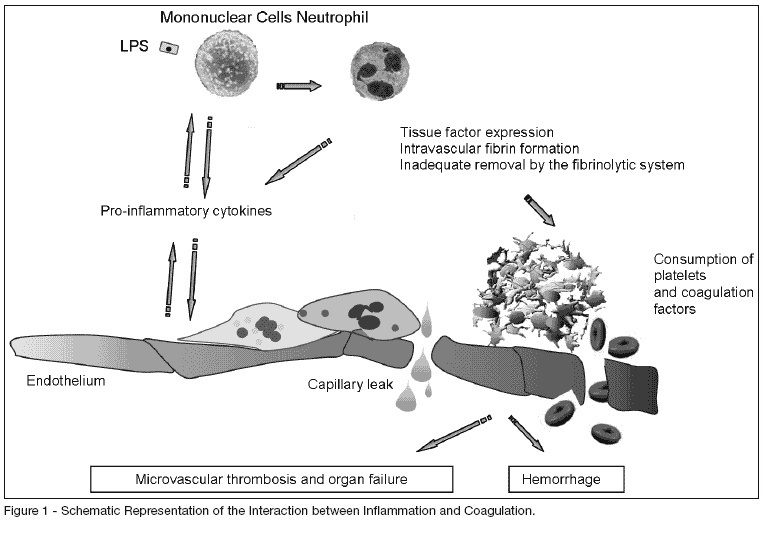Abstract
Rev Bras Ter Intensiva. 2007;19(4):494-498
DOI 10.1590/S0103-507X2007000400016
BACKGROUND AND OBJECTIVES: Hantavirus infection is a zoonose with worldwide distribution. The transmission is related to the intimal contact with rodents. It causes two syndromes: hemorrhagic fever with renal syndrome (HFRS), endemic in Asia and Europe and the Hantavirus pulmonary syndrome (HPS), found in the American continent, including Brazil, with high mortality rates. The aim of this study is to report a case of HPS with multiple organ failure, managed with early goal-directed therapy guided by flow and tissue perfusion parameters. CASE REPORT: A 36 year-old male had fever with progressive dispnea, severe hypoxia and acute respiratory failure. Diffuse interstitial alveolar infiltrates were seen in the chest X-Ray. He developed multiple organ dysfunction syndromes (pulmonary, renal, coagulation, cardiovascular and metabolic). Treatment and invasive hemodynamic monitoring with pulmonary artery catheter was early instituted. The most important laboratory findings were thrombocytopenia, elevated hematocrit and hemoglobin concentrations, elevated liver enzymes, elevated lactate dehydrogenase and a positive sorology for Hantavirus (ELISA IgM positive). Organ dysfunctions reverted to normal and he was discharged after 21 days in hospital. CONCLUSIONS: An early and adequate resuscitation with goal-directed therapy enabled the reversion of the multiple organ failure syndromes and a favorable outcome, despite the severity of the disease.

Abstract
Rev Bras Ter Intensiva. 2007;19(2):210-215
DOI 10.1590/S0103-507X2007000200012
BACKGROUND AND OBJECTIVES: Sepsis is the expression of a complex network of mediators. Multiple organ dysfunction and septic shock indeed remain a major cause of death among ICU patients worldwide. Prompt recognition of both the diagnosis and the complicated evolution are essential, hence the importance of using biological markers. The main pro-inflammatory and anti-inflammatory cytokines as well as hundreds of others cellular markers, circulating bioactive molecules or coagulation products are potential biological markers that could help to characterize the presence of infection and sepsis. We aimed to review the main biological markers that could be used nowadays or possibly in the future, either in clinical or research fields. CONTENTS: A selective review of biologic markers of sepsis focusing on markers of the coagulation cascade, C-reactive protein and procalcitonin. CONCLUSIONS: Most of the available biological markers is still not a practical method to be used at the bed-side and is currently restricted to research works. Nowadays the determination of CRP or PCT serum levels can be of great help in the critically ill patient care along with the conventional parameters.
